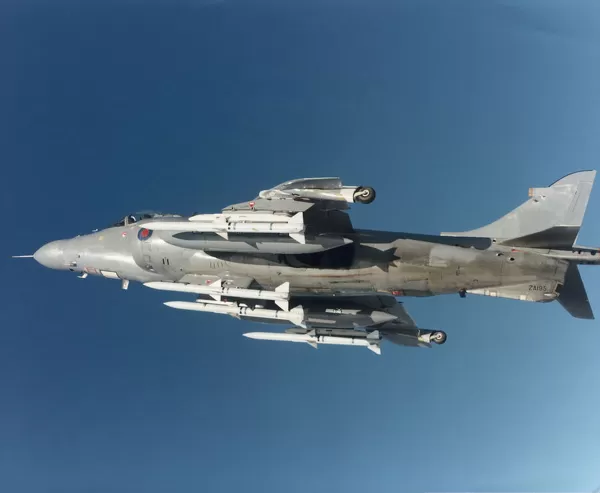There are plenty of possible scenarios out there, some more realistics than others...
1- Maltas gets built. Very unlikely OTL, would take massive change to late WWII.
2- Four Audacious, carefully managed rebuilts to stretch that fleet into the 1980's;
3- Three Audacious, same as above;
4- Two Audacious : as per OTL, except the fleet is better managed so that Eagle can last into the 1980's
5- The Centaur fleet of four ships is better managed (more of them to Hermes standard ?)
...
6- The Illustrious (3) / Indomitable (1) / Implacable (2) - is there a best case for them somewhere ? they are driving me crazy. They are "heavies" while Centaurs are CVLs just like the Majestics.
So they were the ones to be rebuilts as backup to the Audacious, because heavy attack carriers. In the end however, Hermes was almost as capable as Victorious, both after extensive, ruinous rebuilts.
[what truly drives me crazy with those six are the different hangars, which in turn impact a) the aircraft that can go inside and b) the rebuilts, since armored hangars are at the core of these ships.]
The Illustrious class was a class of aircraft carrier of the Royal Navy that included some of the most important British warships in the Second World War. They were laid down in the late 1930s as part of the rearmament of British forces in response to the emerging threats of Nazi Germany, Fascist Italy and Imperial Japan.
The Illustrious class comprised four vessels: HM Ships Illustrious, Formidable, Victorious and Indomitable. The last of these was built to a modified design with a second, half-length, hangar deck below the main hangar deck. Each of these ships played a prominent part in the battles of the Second World War. Victorious took part in the pursuit of the German battleship Bismarck, Illustrious and Formidable played prominent parts in the battles in the Mediterranean during 1940 and 1941 and all three took part in the large actions of the British Pacific Fleet in 1945.
The later two ships of the Implacable class were also built to modified designs to carry larger air wings. Implacable and Indefatigable both had two hangar levels, albeit with a limited 14-foot (4.3 m) head room.
I think an interesting question might be : [with 100% hindsight related to a) Victorious awful rebuilt and b) F-8 Crusader]
-
Was there some kind of less expensive, reasonable rebuilt of, say, the two Implacables; that could make them useful into the 1960's with Crusaders on the decks ? NOT Phantoms, since Victorious could barely make it with its colossal rebuilt and was dropped by 1968 as such.
Asking the questions because of a) SCB-125 Essex, with Crusaders and b) Clems, also with Crusaders.
So how about :
reasonable rebuilts of the Implacable twins, for Crusaders in the 1960's - and beyond...

